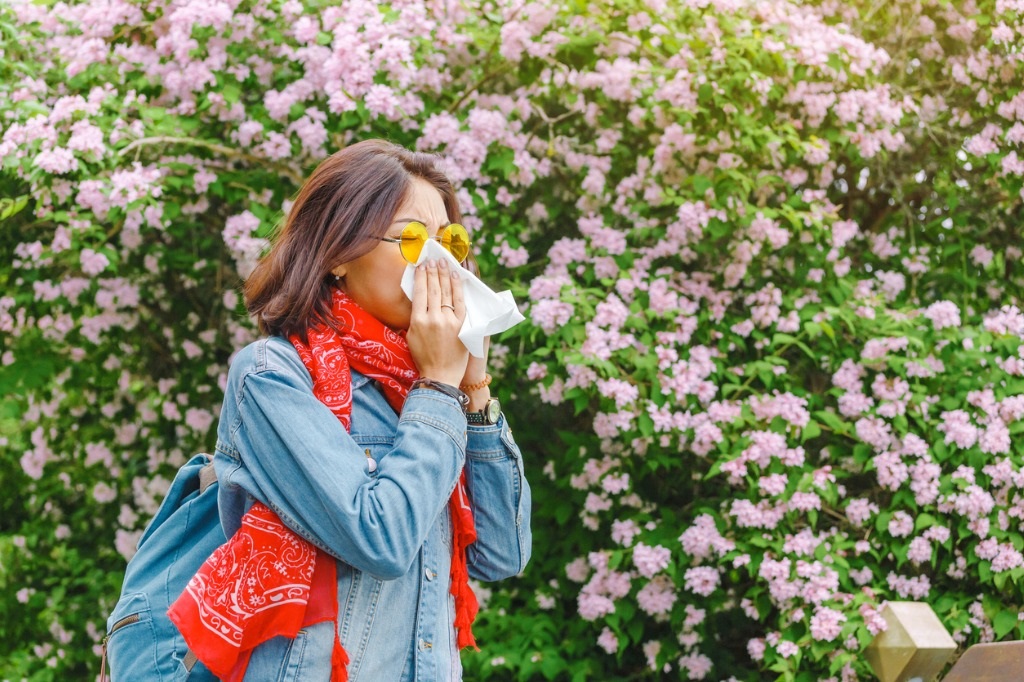Seasonal allergies may be a fact of life for some, but are you suffering from spring allergy and not aware? Allergies in spring can be short or for the entire season, it depends on what your trigger is. Also known, as “hay fever”, sufferers are familiar with the symptoms of itchy or stuffy nose, irritated eyes, and perhaps worse symptoms that can affect breathing.
Common causes of allergies in spring include pollen and mold allergy. Symptoms may appear as early as the snow starts to melt or start late spring. A person can be allergic to a very specific or a variety of tree or flower pollen, or to something like snow mold. Hence, the variety in start and length of spring allergies.
If you suspect you have spring allergies, they will appear annually at the same time each year. They may also worsen from year to year, and perhaps increase in length if you acquire more allergies. If you do have a seasonal allergy, it’s a good idea to make preparations prior to experiencing symptoms. You can prevent an allergic reaction by avoiding, minimize symptoms by reducing exposure to the trigger (allergen), or address allergy symptoms that have started. It’s best to do everything you can.
To avoid an allergy, you need to know what the trigger is. Keeping a diary of the start date and end date of symptoms may help. Is it better when you are indoors, or when you are outdoors? When symptoms start, does it coincide with the snow melting or activities that you are starting, like raking the grass? Once you determine this, you can either avoid the allergen or minimize your exposure.
You should also minimize exposure to the allergen. Launder clothing exposed to allergen immediately, shower after exposure, mop floors (versus sweeping), reduce carpeted areas where possible. Reducing exposures to potential allergens is good practice. Trying to reduce airborne particles during activities is always a good idea. This could be cleaning or wetting an area before working. Change your air filters regularly, and in the pandemic environment, always change your mask, either using disposable masks or laundering masks after each use. If avoiding an allergen is not possible, or symptoms still persist, you should seek treatment.
You can prevent or reduce symptoms by taking an antihistamine . Always try to take antihistamines before exposure to the allergen and continue for the duration of the exposure. For some, an antihistamine should be used for an entire season. Your goal is to prevent histamine release in your body, which your body releases in response to the allergen. It is histamine that causes a series of actions that present as allergy symptoms. As long as the allergen is present, histamine will be released – hence the need to continue an antihistamine.
Your pharmacist can assist with the choices of antihistamines available. In some cases eye drops or nasal sprays may be used, either in addition to an antihistamine or alone. Seek professional health advice for a selection best suited to your condition and symptoms.
If allergy symptoms affect your breathing, are bothersome, see a health professional. Your pharmacist can be a start.




